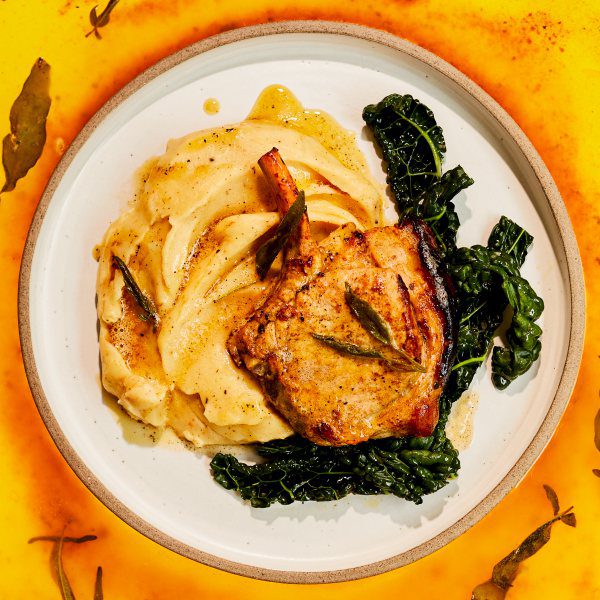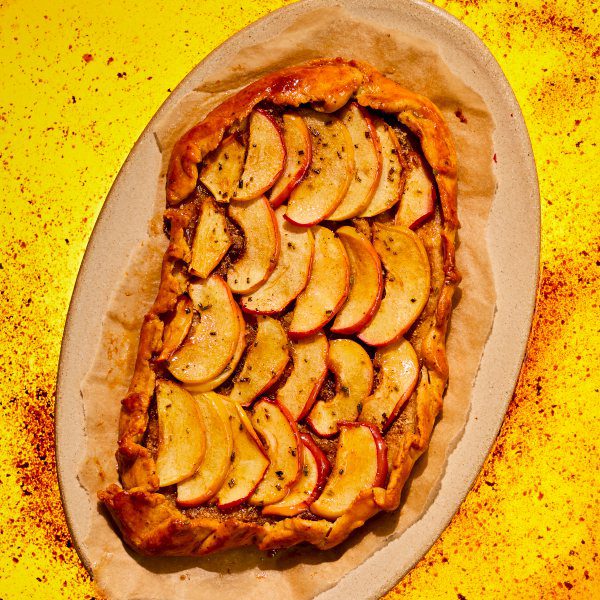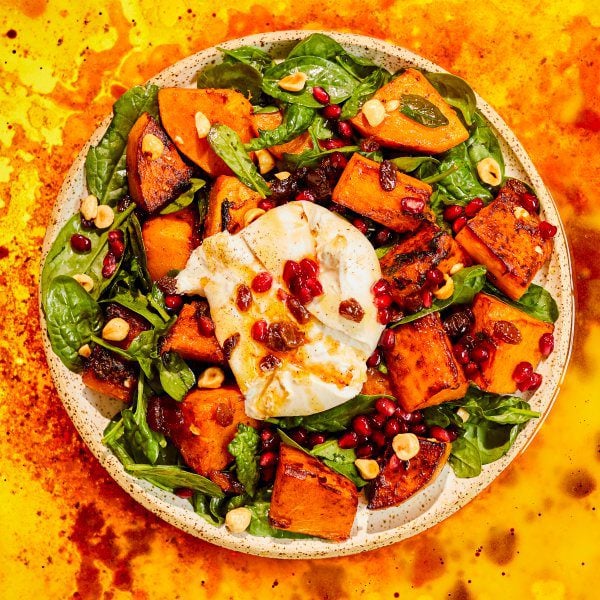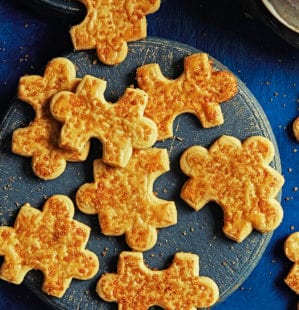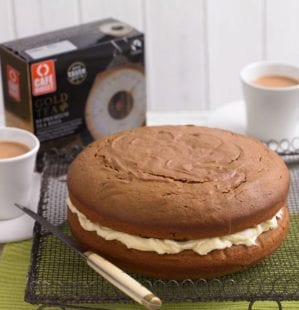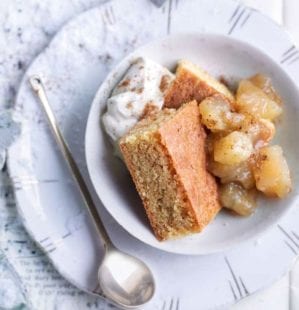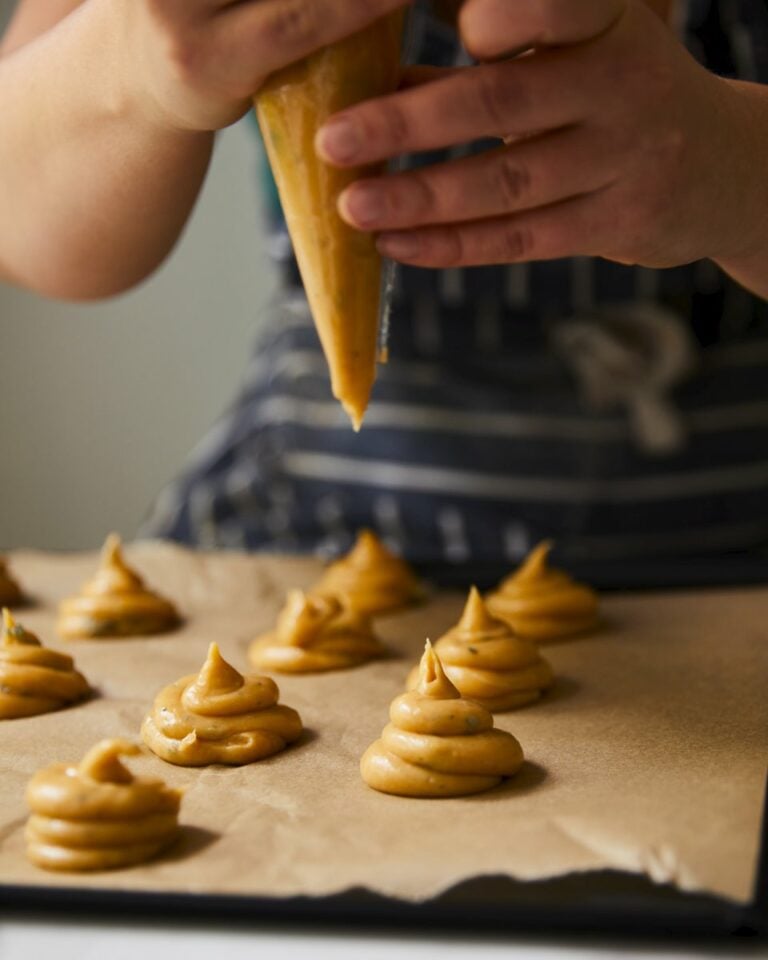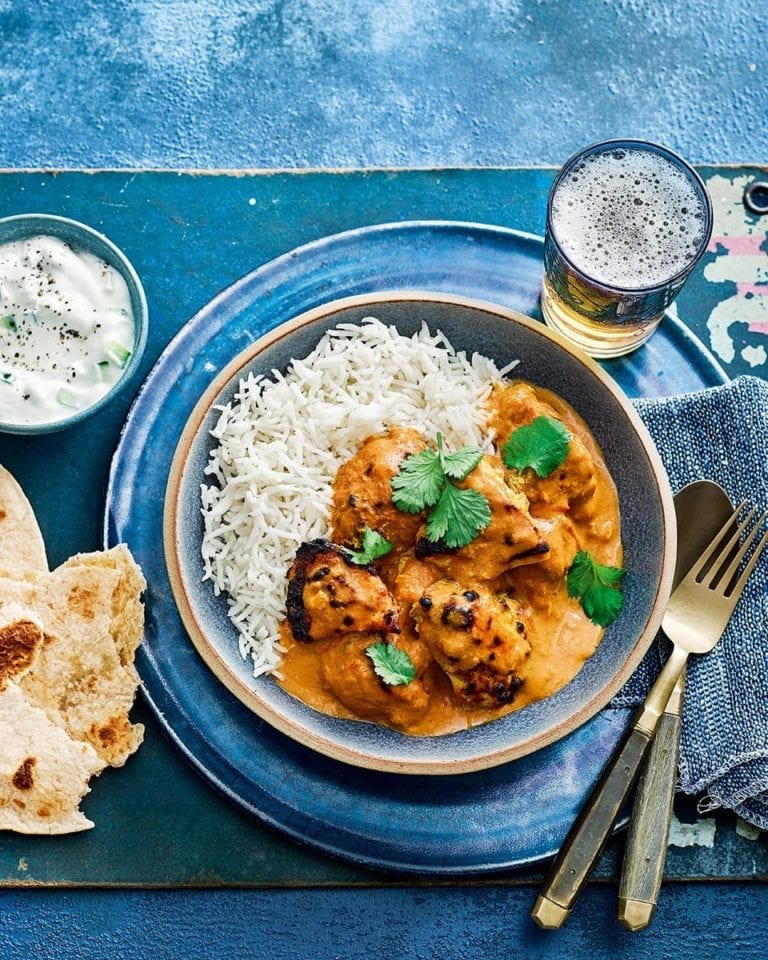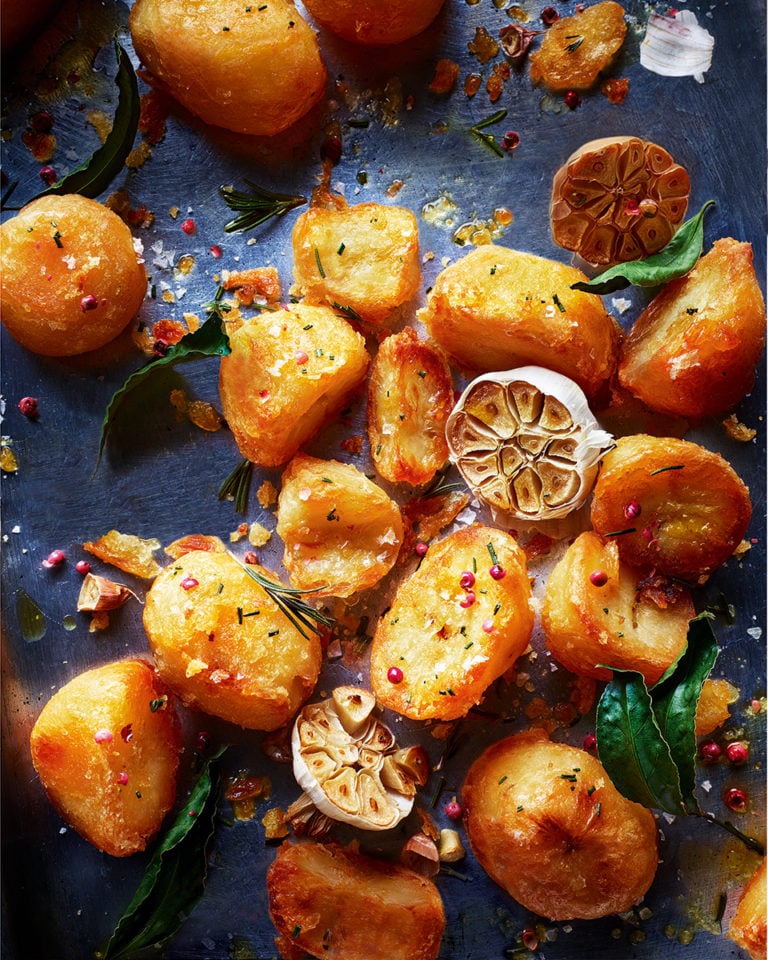What is brown butter, and why should you be making it?
A magical ingredient with the power of transformation, brown butter adds a sweetness to savoury dishes, conjures up a nutty flavour where there are no nuts and injects an enticing complexity of flavour to everything it touches. Pollyanna Coupland reveals brown butter’s mysteries, before sharing four knockout recipes that showcase the golden brown liquid at its best. It’s melted butter, but not as you know it!
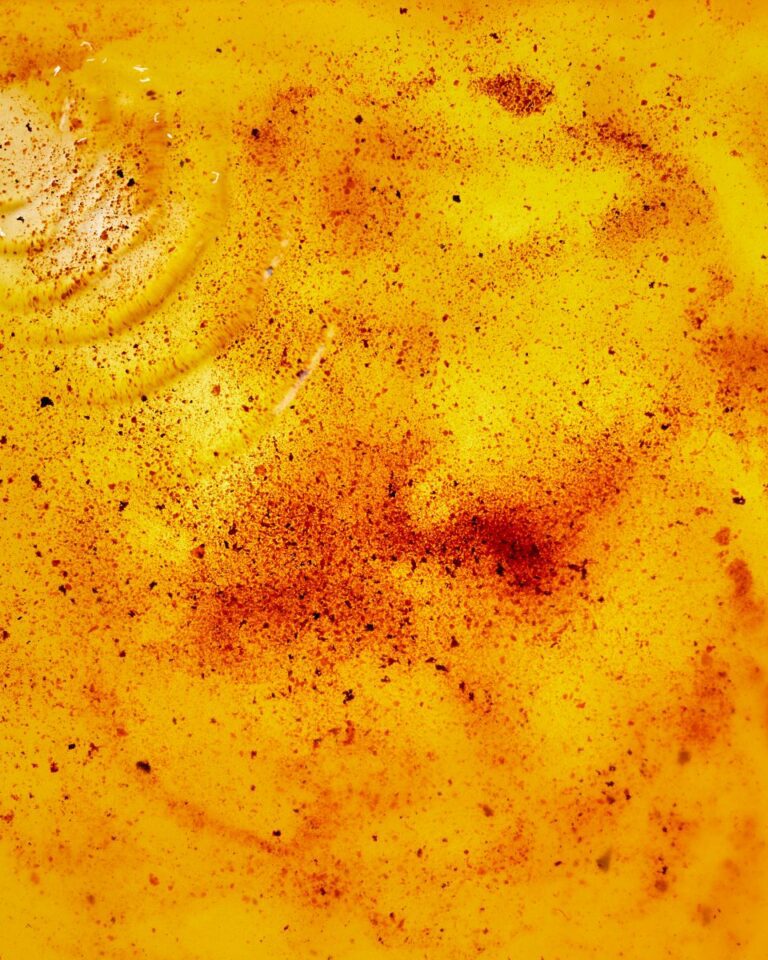
What is brown butter?
It’s simply butter that’s been heated until it turns brown and becomes speckled with golden flecks. Doing this gives the butter a remarkably nutty aroma – so much so that the French call it beurre noisette (hazelnut butter).
To dig into the science of it, butter is made up of around 80% fat (which is why it tastes so nice!), 15-20% water and 1-2% milk solids. When making brown butter, you’re heating it until the proteins in the milk solids turn brown due to a complicated process known as the Maillard reaction – it’s not strictly caramelisation, that happens to sugars at a slightly higher temperature, but it’s similar. It gives it a toasted flavour and golden colour. It also happens when browning a steak, making toast or crisping chicken skin. While that’s happening the water also evaporates, so you’ll lose about 15-20% of the overall weight.
Enough science. How do you make it?
Simply dice some butter (to speed up the melting process), throw it in a pan over a medium heat and wait for the magic to happen! Here are the stages you’ll reach en route to brown butter heaven:
Clumping stage: As the butter melts and the water it contains starts to boil, the white milk solids will separate from the fat and float to the top in clumps. If you were to sieve out the milk solids at this stage, you’d be left with clarified butter. Without the burnable milk solids, clarified butter has a higher smoke point. This is particularly useful when tempering whole spices and is one of the reasons why ghee (which is lightly fermented clarified butter) is widely used in Indian cooking.
Foaming stage: Once the water has evaporated, the bubbles will reduce in size but grow in volume. This is the foaming stage: you need to stir often to stop the solids from catching and burning. The bubbles may obscure your view of the caramelisation; if so, periodically lift the pan off the heat and leave the foam to die down so you can keep an eye on the colour. You can stop anywhere between a light tan-brown to a deep amber, but bear in mind, the darker the colour, the more toffee-like the flavour. Don’t let it darken further otherwise it will taste bitter and burnt.
Final stage: Once you’re happy with the colour, pour it into a clean container to stop the cooking process. Some recipes strain the browned solids out of the butter; I prefer to keep them in for maximum flavour, but straining it will reward you with a crystal clear liquid. Depending on your recipe you can now use, cool, chill or even freeze the butter – I always like to keep some ‘emergency brown butter’ in the freezer.
What do I do with it?
In any sweet or savoury dish where you’d use butter, you can use brown butter. The following recipes showcase a variety of ways in which to use it, from pastry and caramelising fruit and vegetables to salad dressings and folding through mashed potatoes.
Frozen brown butter: how to use it
Butter freezes well, so it doesn’t hurt to keep a stash of the good stuff in the freezer. Once it’s cooled to a softened texture, stir well to distribute the caramelised solids evenly, then spoon into a log shape on some baking paper and roll up into a sausage. It’ll keep in the freezer for up to 2 months and you can slice off portions as needed:
- Add 50g to a tin of tomatoes and half an onion and simmer for 30 minutes, then remove the onion and stir into pasta for a luxuriously tangy and sweet pasta sauce.
- Defrost a chunk and stir in a couple of grated garlic cloves and some chopped herbs. Slice a baguette at 5cm intervals almost all the way through, then spread the cut sides with the butter and cook in a hot oven to create brown butter garlic bread (it is very, very good).
- Melt some in a pan, then add in whisked eggs for a tasty toasty take on scrambled eggs
- Coarsely grate it into flour to make pastry – as it’s already frozen it will combine well with the flour without becoming greasy.
Our favourite brown butter recipes
Brown butter and celeriac soup
Try slowly cooking your veg in foaming brown butter, for an extra luxurious, sweet and nutty flavour in this soup.
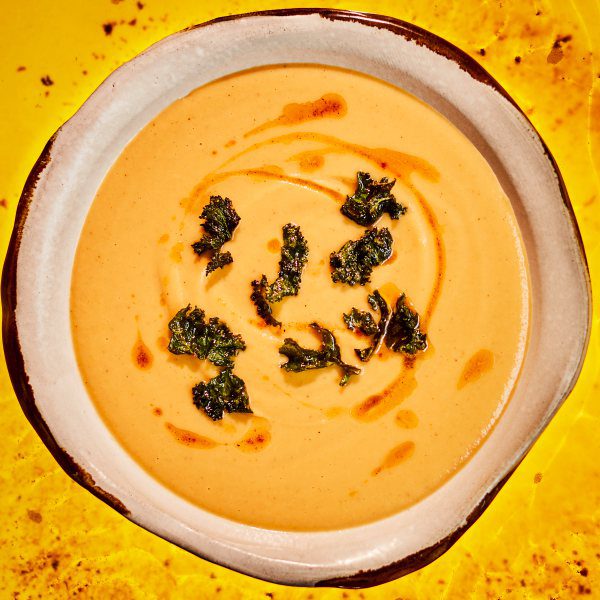
Buttermilk pork chops with brown butter mash and cavolo nero
The best mashed potato contains loads of butter – so why not make it brown butter?
Brown butter has a remarkably nutty aroma – so much so that the French call it beurre noisette which means hazelnut butter. Here it’s paired with autumnal pears in a crowdpleasing strudel.
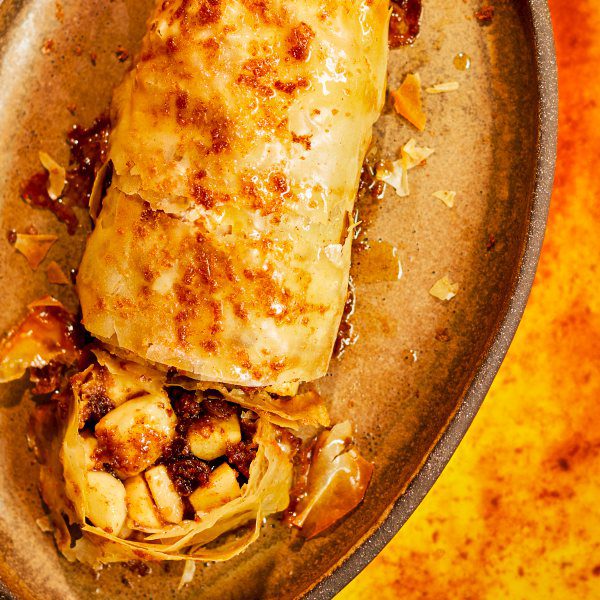
Apple, rosemary and brown butter and apple galette
Using brown butter in pastry gives it a nutty, toasty flavour – try it for both sweet or savoury recipes.
Roast pumpkin, pomegranate and burrata salad with a brown butter and sherry dressing
Sherry vinegar and brown butter make a perfect pairing – sharpness to cut through the fat, and shared flavours of hazelnut and caramel.
Subscribe to our magazine
Food stories, skills and tested recipes, straight to your door... Enjoy 5 issues for just £5 with our special introductory offer.
Subscribe
Unleash your inner chef
Looking for inspiration? Receive the latest recipes with our newsletter
